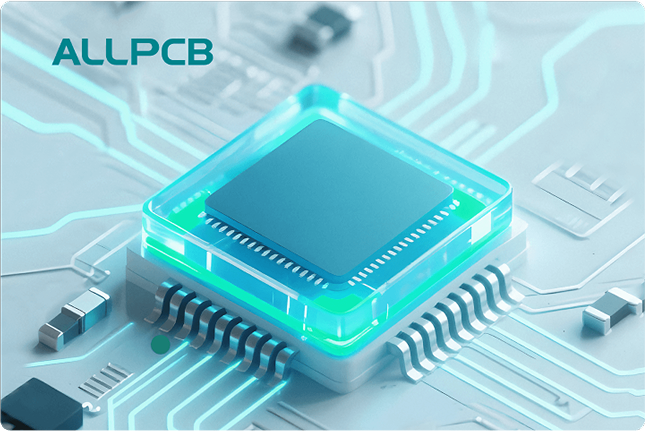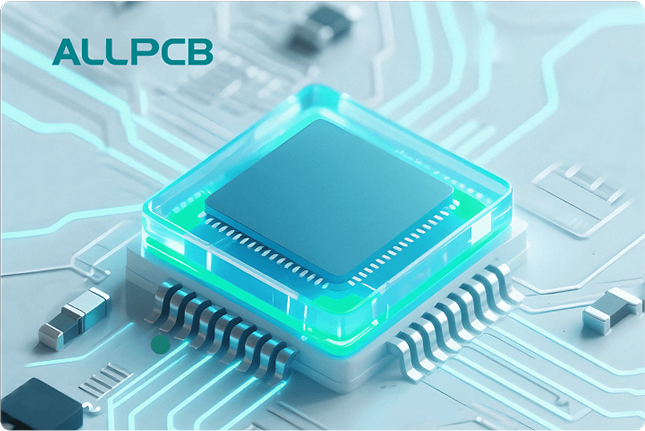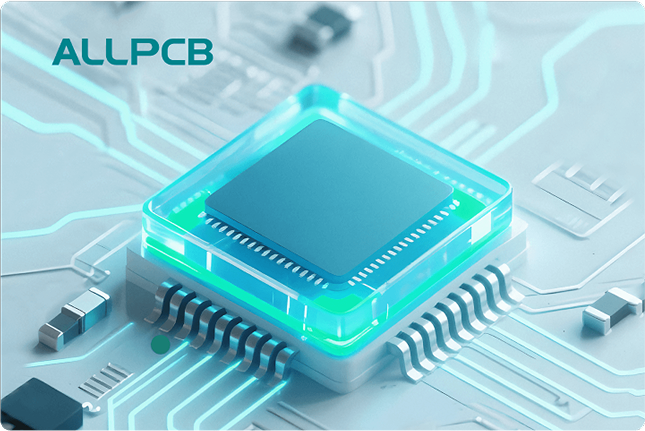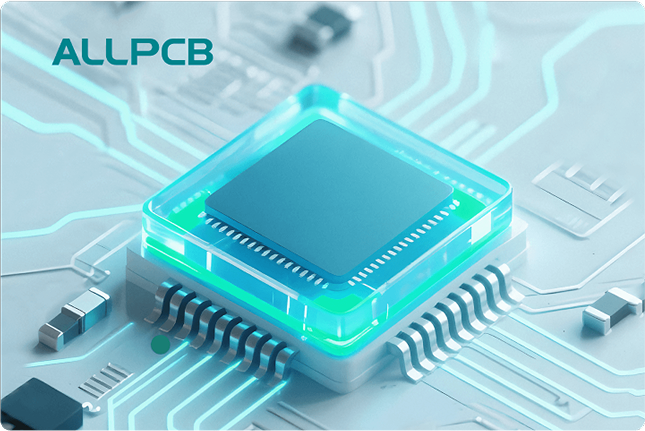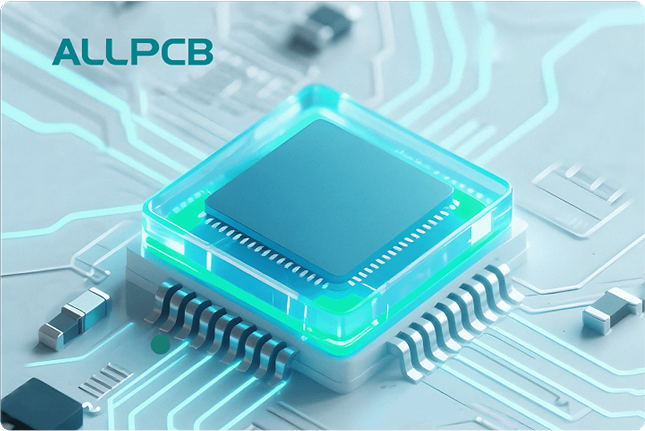If you're in the electronics manufacturing industry and looking to boost productivity for high-volume PCB assembly, wave soldering is a proven solution. This process is ideal for through-hole components, offering speed and consistency in mass production. In this blog, we'll dive deep into optimizing wave soldering for maximum throughput and efficiency, focusing on key areas like machine speed, conveyor optimization, multi-board processing, and automation. Whether you're managing a production line or scaling operations, you'll find actionable insights to streamline your workflow.
What is Wave Soldering and Why Use It for High-Volume Production?
Wave soldering is a bulk soldering method used in PCB assembly, primarily for through-hole components. In this process, a PCB passes over a molten solder wave, created by a pump in a solder pot, which solders components to the board in one swift motion. This technique is a cornerstone of high-volume production because it can handle hundreds of solder joints simultaneously, drastically reducing assembly time compared to manual methods.
For manufacturers dealing with large batches, wave soldering stands out due to its ability to deliver consistent results at a low cost per unit. Unlike reflow soldering, which is more suited for surface-mount technology (SMT), wave soldering excels with traditional components that require strong, reliable joints. Its speed and scalability make it a go-to choice for industries producing consumer electronics, automotive systems, and industrial equipment.
Key Factors in Optimizing Wave Soldering for Throughput and Efficiency
To get the most out of wave soldering in high-volume production, you need to focus on several critical aspects. Below, we explore how to enhance wave soldering machine speed, wave soldering conveyor optimization, wave soldering multi-board processing, and wave soldering automation.
1. Maximizing Wave Soldering Machine Speed
The speed of a wave soldering machine directly impacts production throughput. Modern machines are designed to operate at varying speeds, often measured in feet per minute (ft/min) or meters per minute (m/min), depending on the model and setup. For high-volume production, achieving a balance between speed and quality is essential—too fast, and you risk poor solder joints; too slow, and you bottleneck your output.
Typical conveyor speeds for wave soldering range from 3 to 6 ft/min (0.9 to 1.8 m/min), but this can be adjusted based on board complexity and component density. For instance, a densely populated PCB with intricate through-hole components might require a slower speed, around 3.5 ft/min, to ensure proper solder penetration. On the other hand, simpler boards can often run at the higher end of this range without sacrificing quality.
To optimize wave soldering machine speed, regularly monitor and adjust the preheat temperature (typically 100-150°C) and solder pot temperature (around 250-260°C for lead-free solder). Proper preheating ensures components and boards are at the right temperature before hitting the solder wave, reducing thermal shock and allowing for faster processing. Additionally, maintaining a clean solder pot by removing dross buildup can prevent delays and ensure consistent wave height, further supporting higher speeds.
2. Wave Soldering Conveyor Optimization
The conveyor system in a wave soldering setup is the backbone of the process, determining how smoothly and quickly boards move through each stage—fluxing, preheating, soldering, and cooling. Effective wave soldering conveyor optimization can significantly reduce cycle times and improve overall efficiency in high-volume production.
One key aspect of conveyor optimization is ensuring a steady and uniform speed. Variations in conveyor movement can lead to uneven soldering or missed joints. Many advanced systems now come with adjustable conveyor angles (typically 4-7 degrees) to control how the PCB interacts with the solder wave. A steeper angle might be used for boards with larger components to ensure proper contact, while a shallower angle can speed up processing for smaller boards.
Another tip for optimization is to use titanium finger conveyors or similar durable materials that can handle high temperatures and resist wear over time. These systems maintain precision even during long production runs, reducing downtime for maintenance. Additionally, aligning the conveyor width to match your PCB dimensions prevents unnecessary delays and ensures boards are securely positioned as they pass through the wave.
For high-volume setups, consider integrating inline conveyor systems that allow continuous board feeding without manual intervention. This setup can cut down on loading and unloading times, keeping the production line moving at a consistent pace.
3. Wave Soldering Multi-Board Processing
In high-volume production, processing multiple boards simultaneously is a game-changer for throughput. Wave soldering multi-board processing involves using panelized PCBs or fixtures to solder several boards in a single pass through the machine. This approach can double or triple your output without increasing machine runtime.
To implement multi-board processing effectively, start by designing your PCB panels with proper spacing between individual boards. A common spacing is 0.1 to 0.2 inches (2.5 to 5 mm) to prevent solder bridging while allowing for easy separation after soldering. Use breakaway tabs or V-scoring to ensure clean separation without damaging the boards.
Fixtures or carriers are also crucial for multi-board setups. These hold multiple PCBs securely in place during the soldering process, preventing misalignment. Make sure the fixture material can withstand high temperatures and repeated use—aluminum or composite materials are often preferred for their durability.
Keep in mind that multi-board processing may require slight adjustments to machine settings. For example, a larger panel might need a slower conveyor speed (around 3 ft/min or 0.9 m/min) to ensure uniform soldering across all boards. Additionally, monitor flux application to avoid over- or under-fluxing, as this can affect solder quality on densely packed panels.
By adopting multi-board processing, manufacturers can achieve significant time savings. For instance, soldering a panel of 10 small PCBs in one pass could reduce processing time by up to 80% compared to handling each board individually.
4. Wave Soldering Automation
Automation is the future of high-volume PCB assembly, and wave soldering is no exception. Implementing wave soldering automation can drastically reduce manual labor, minimize errors, and boost efficiency. Automated systems handle everything from board loading and flux application to soldering and unloading, creating a seamless production line.
One major advantage of automation is consistency. Automated flux applicators, for example, apply a precise amount of flux to each board, eliminating the variability that comes with manual application. Similarly, automated preheat and solder wave controls maintain exact temperatures (e.g., 120°C for preheating and 255°C for soldering), ensuring uniform results across thousands of boards.
Another benefit is the integration with other production processes. Automated wave soldering machines can be linked to component insertion systems and inspection tools, creating a fully connected assembly line. This setup reduces human intervention, cuts down on handling time, and lowers the risk of defects caused by manual errors.
For high-volume production, look for machines with programmable settings that allow you to save and recall specific profiles for different PCB designs. This feature saves setup time when switching between product runs, maintaining high throughput even in diverse production environments.
While the initial investment in automation can be significant, the long-term savings in labor costs and increased output often justify the expense. For example, an automated line might process 500 boards per hour compared to 200 with a semi-manual setup, providing a clear return on investment over time.
Best Practices for Wave Soldering in High-Volume Production
Beyond the core optimization strategies, there are several best practices to ensure your wave soldering process runs smoothly and efficiently:
- Regular Maintenance: Clean the solder pot and flux applicators daily to prevent buildup that can slow down production or cause defects. Check conveyor belts and fingers for wear and replace them as needed.
- Quality Control: Use automated optical inspection (AOI) systems post-soldering to catch defects like insufficient solder or bridging early in the process, reducing rework costs.
- Material Selection: Choose lead-free solder alloys if required by regulations, but be aware they often need higher temperatures (up to 260°C), which may slightly slow down processing compared to traditional lead-based solder (around 240°C).
- Operator Training: Even with automation, trained operators are essential for troubleshooting and fine-tuning machine settings to match specific production needs.
Challenges in Wave Soldering for High-Volume Production
While wave soldering is highly effective, it’s not without challenges. One common issue is thermal stress on components, especially if preheating isn’t optimized. Components exposed to rapid temperature changes can crack or fail, leading to costly rework. To mitigate this, ensure preheat zones are set to gradually ramp up temperatures over 1-2 minutes before the solder wave.
Another challenge is solder bridging, where excess solder connects adjacent pins or pads. This often happens with densely populated boards or during multi-board processing. Adjusting the wave height (typically to 0.5-1.5 mm above the board) and using proper flux can minimize this risk.
Finally, maintaining consistent results over long production runs can be difficult due to solder pot contamination or conveyor misalignment. Implementing strict maintenance schedules and using high-quality materials can help address these issues.
Conclusion: Streamlining High-Volume Production with Wave Soldering
Wave soldering remains a vital technique for high-volume PCB assembly, especially for through-hole components. By focusing on wave soldering machine speed, wave soldering conveyor optimization, wave soldering multi-board processing, and wave soldering automation, manufacturers can achieve significant gains in throughput and efficiency. From fine-tuning conveyor speeds to adopting automated systems, each step you take to optimize the process can lead to faster production cycles, lower costs, and higher quality output.
Implementing the strategies and best practices discussed in this guide will help you stay competitive in the fast-paced world of electronics manufacturing. With the right approach, wave soldering can be a powerful tool to scale your operations and meet the demands of high-volume production.
 ALLPCB
ALLPCB


